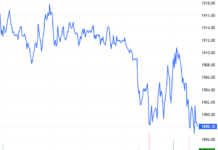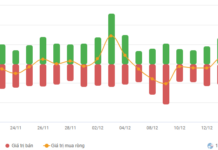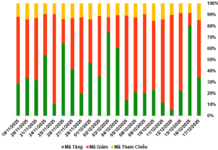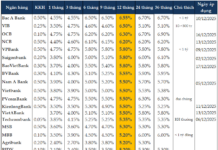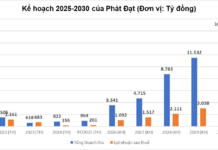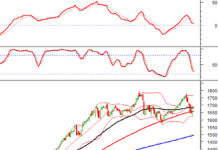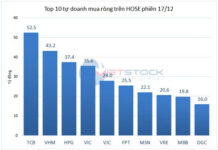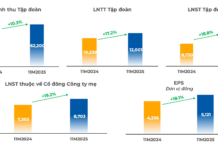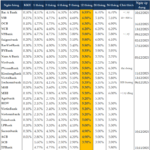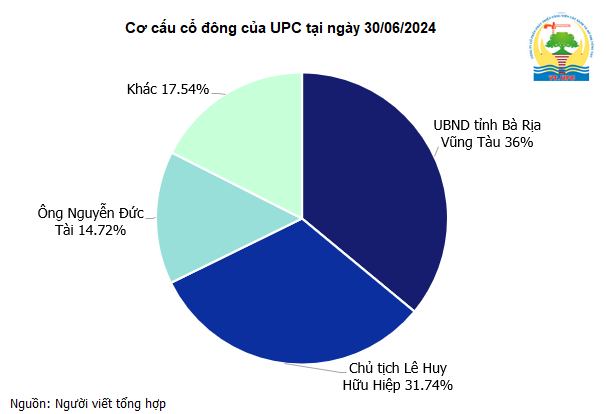The recent Decree 37, issued by the government in April, provides guidance on implementing the Fisheries Law. This includes regulations on the minimum allowable size of aquatic species in natural waters, such as the striped tuna, a key ingredient for the canned tuna processing and export industry. Both fishermen and tuna processing and exporting businesses are concerned about complying with the new regulations regarding the size of striped tuna in their catch.
Striped tuna, commonly known as skipjack tuna among fishermen, is now subject to a minimum size requirement of 500 mm in length, effective May 19, 2024. Enterprises will not be allowed to purchase tuna that falls below this size for processing and export. This regulation aims to protect tuna resources and prevent the capture of smaller tuna. However, tuna of this size typically only accounts for 10-20% of the catch.

Enterprises fear that adhering to the new size regulations will result in a lack of raw materials for processing and export. Photo: NLĐ.
Striped tuna is the primary ingredient for the country’s 15 enterprises engaged in canned tuna processing and exports. Last year, canned tuna exports accounted for 40% of the total $800 million tuna export turnover. Enterprises worry that complying with the new size regulations will lead to a shortage of raw materials, impacting their operations.
Mr. Vu Dinh Dap, Chairman of the Vietnam Tuna Association, commented, “If there isn’t enough raw material, we’ll have to import it, which won’t be easy. Fishermen won’t be able to sell their catch, and prices will drop by 50-60%.”
There are 3,500 fishing vessels in Vietnam that use purse seine and longline fishing methods to catch striped tuna, with an annual catch of about 60,000 tons. While the allowable catch is 200,000 tons, Vietnam has implemented regulations on the size of striped tuna that can be caught to protect this resource. However, many believe that a roadmap is needed to effectively implement these regulations.
According to Mr. Vu Dinh Dap, Chairman of the Vietnam Tuna Association, “Science must come first. We need to determine the appropriate mesh size for nets, fishing techniques, and methods for observing schools of fish in the sea to target larger tuna. Additionally, we need to consider advancements in vessel technology to support these efforts. Overall, we must make changes to our equipment, techniques, and, most importantly, our awareness.”
As an initial step, the Vietnam Tuna Association has proposed considering a permissible catch size of 380 mm for female striped tuna and 387 mm for male fish. Research indicates that striped tuna of these sizes have already reproduced.
Furthermore, for migratory fish species with large reserves like striped tuna, countries and fisheries management organizations typically implement catch quotas rather than size restrictions.

